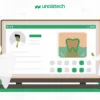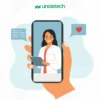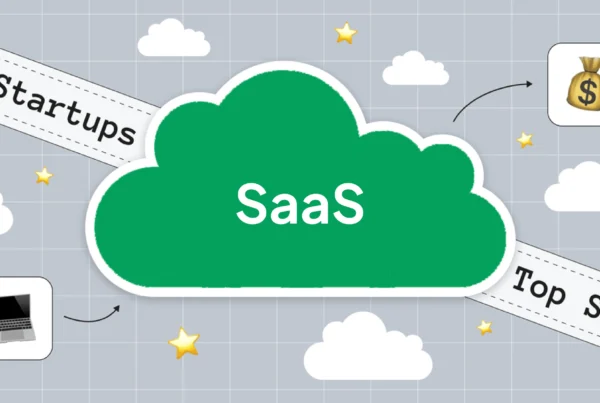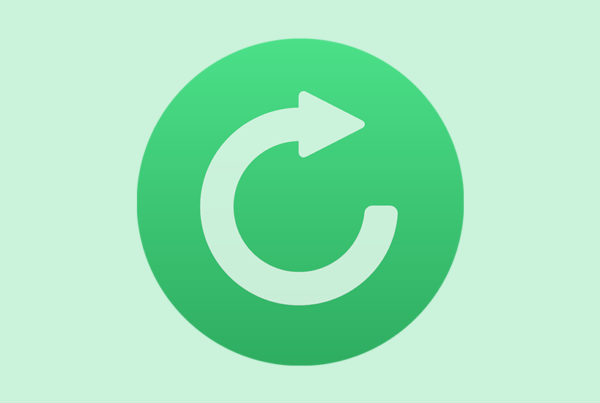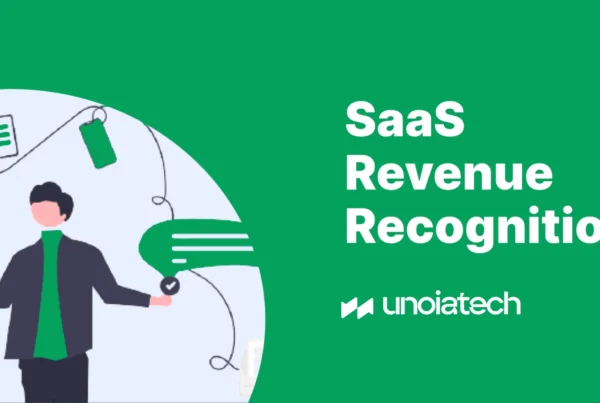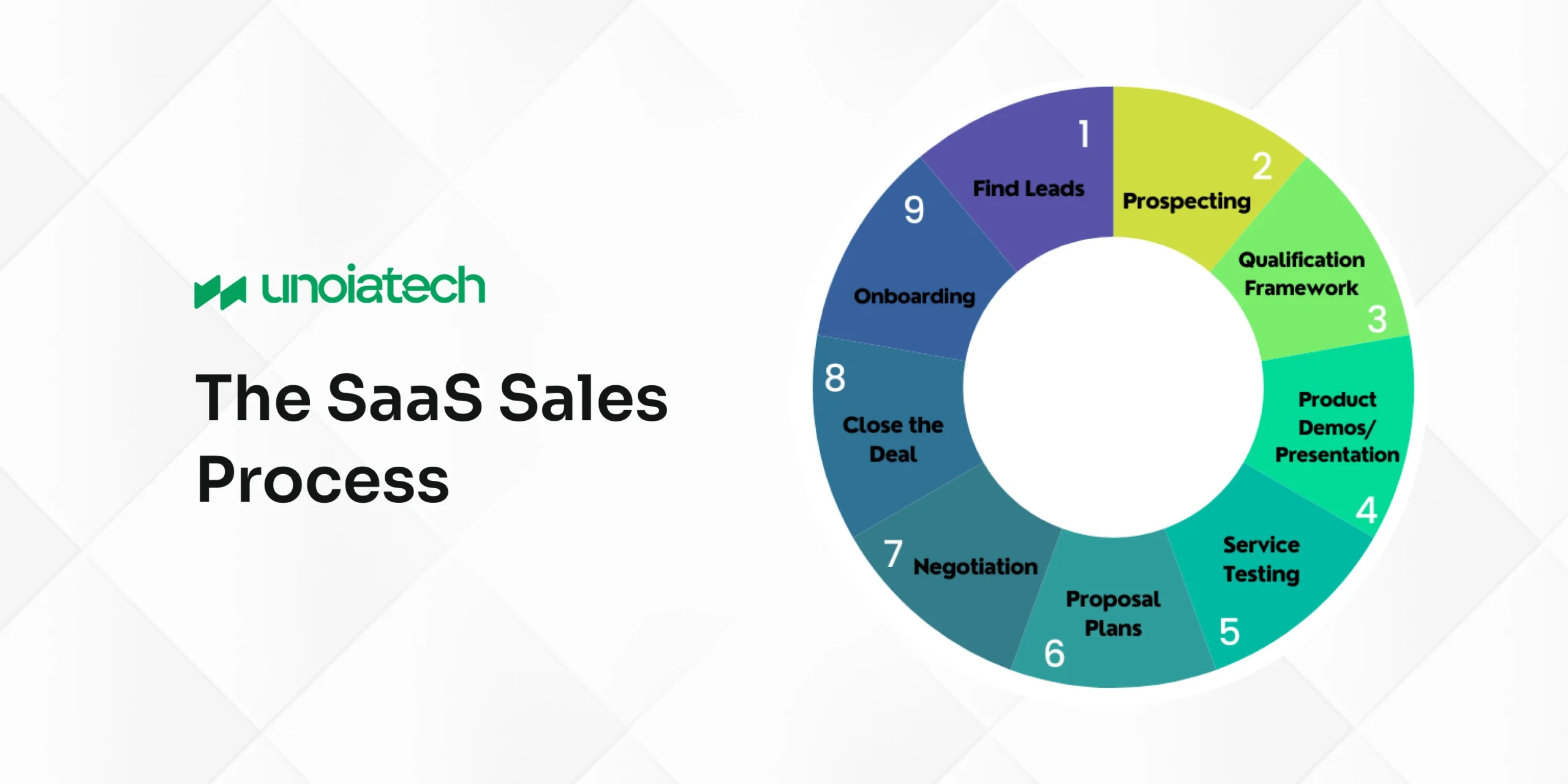
The SaaS sales process combines various stages of selling web-based software solutions. The most commonly used SaaS sales models are cloud-hosted and subscription-based solutions. There is a drastic difference between SaaS sales and traditional sales, mainly because of cloud-based technology.
How Are SaaS Sales Different From Traditional Sales?
Every product launched by a company has a problem that it solves, which is why the customer feels the need to buy it, whether the product is physical or cloud-based. Now, selling software will be very different from selling a physical product because the software is intangible. Hence, it is crucial for SaaS sales representatives to understand the aspect of selling a digital product and the problems that they will encounter along the process.
The process of selling a SaaS product is very complex, so the cycle is naturally longer. The sales representatives of SaaS need to be more focused and personalized since the needs of each customer vary.
The Three SaaS Sales Model
To generate more recurring revenue for your SaaS company, you need to be familiar with the three main models of SaaS, which have been given below:
- The self-service model-
There are no sales representatives, and the sales process of SaaS solely depends on lead generation. This is popular amongst startups because of the nill financial investment in the sales process. The company depends on marketing efforts to bring traffic to your sales pipeline and catch customers.
Usually, companies using a self-service model do not have products with a high price and have a very simple onboarding process. There is not enough profit margin in these companies to hire more people and pay them, so it is very well suited for passive sales.
The sales cycle in a self-service model generally consists of creating awareness about your product and the solution you are providing the customers with. The buying process should be as smooth as possible to make it easy and convenient for the users.
- Transaction model-
For a transactional SaaS sales model, you will need a few sales reps for potential customers who need the product but are hesitant to buy it for some reason. The reps convince customers like this to pay the price and avail of your services.
With the increase in the product price, the customer acquisition price increases too. So, with a costly product, people often need a push to spend that large sum of money, which is why a sales representative is necessary. Transactional sales models are more complex because they have a combined sales rep and content marketing team to lead the sales cycle.
- The enterprise model-
This is the large-scale model, where you have a fully-fledged sales team set into place which handles all of your sales. There are several tiers in the SaaS team which control every sale that is being made. This model needs to have enough capital to endure the long SaaS sales process.
The sales cycle for an enterprise model is long because it deals with enterprises only, that is, large-scale companies. For a typical sales process in an enterprise model, it takes months to get the deal signed, which is why efficient sales reps are required for this role.
Since the cycle is so long, the profit margin of the sales rep is also very high. The difficulty of maintaining a healthy LTV: CAC ratio is added because of the high customer acquisition cost.
Experienced or long-term companies switch to the enterprise model when they plan on targeting upmarket customers. This increases the average customer lifetime value also.
How long is the SaaS sales cycle?
The average length of a SaaS cycle is around 84 days. The short sales cycles, which last around 40 days, have an annual contract value of $5000 or below. Factors that affect your sales cycle are as follows:
- The price
- The complexity
- Your target audience
- Length of the free trial
Stages of a SaaS sales cycle
There are 7 stages in a SaaS sales cycle which have been discussed in detail below.
- Identifying your customer-The first step in any sales process, traditional or modern, is to identify your target market. Which segment are you targeting, and how your product benefits the customer? If you are unsure who to target, you can take the help of online tools like buyer persona templates. Customer success managers, product managers, product marketers, and Ux designers are a few examples of user persona in a SaaS-based company. Identifying the right persona helps create a lead generation funnel that will drive increased and consistent traffic to the website with your ideal customer profile.
- Generating Leads- You can use various platforms for generating leads once you have a proper buyer persona, like social media platforms, blogs, newsletters, case studies, paid search, link building, eBooks, webinars, video marketing or thought leadership guest posting. The research concluded that most of the leads are generated from the company website and referral traffic, which depend on the content marketing team. Therefore, spreading the word and getting people to talk about the product should be the prime aim of the content marketing team.
- Qualifying Leads- This is a very crucial step in the sales process because this will determine whether your leads meet the requirements for the purchase of the product or not. This saves a lot of time and money that you otherwise would have spent on a lead which would have gotten you no returns.
- Presenting the product- Once the qualified leads start flowing in, the next step in the process is to protect your product as the solution that the customer feels the need to have. This stage varies for each company depending on the product they are offering. The most common approach is offering a free trial which is what most companies are opting for nowadays. A free trial or a demo version should be provided if your product is affordable and easy to use. You could also go for case studies and presentations in addition to a free trial.
- Handling Objections- A basic trait that every SaaS salesperson must have is to overcome objections. A very common misconception in relation to this is that you need to be very talkative in nature and keep constantly talking to persuade the user and make the deal. Instead, being an active listener proves to be more helpful. Instead of trying to dismiss their objection at the very moment, listen to all of their goals, motivations and concerns. Understanding the root of the objection will help you solve it better. A few examples of handling common objectives have been given below,
- Closing the Deal-
It may seem like the most obvious thing but signing up is not the last part of the deal. The process still involves several steps like getting the customer onboard, retaining them and setting up eventual upsell. Closing a deal is still a great milestone as it ensures revenue from the customer for a given period of time.If a free trial or demo of the product is not convincing enough for the customer, you should try to convince them to commit to your product. You could try offering some limited period discount to get the customer to sign up in that instant. You could also try offering an extra month of the free trial if they agree to an annual billing subscription. - Nurturing the Customers-
Regardless of the nature of the customer, while reeling them in, that is not the end of your interaction with the customer. You have to get the user through onboard and help them throughout their user journey and assist them for customer success.A report from Bloom reach reported that 56% of the customer are willing to pay more for a better customer experience. Investing in a self-service support system could also help generate a good ROI in the form of SaaS sales compensation.
How to improve the SaaS sales cycle?
Now that you have a gist of the SaaS sales cycle, there are a few pointers you could keep in mind to improve your SaaS sales cycle. Four strategies that can prove really helpful for your sales rep are as follows.
- Continuous engagement during free trials
- Upselling customers to drive account expansion
- Satisfaction surveys
- Paid trials
Conclusion
The SaaS industry is so vast that you can generate revenue regardless of the fact that you have a sales team or not. In the end, what matters is how good your product is and if people really need it. However, selecting a pricing model that fits your product is very important, and proper research should be conducted for it with the right qualified leads.
Nurture your customers so that they are loyal to your company and product. Retaining customers is as important as gaining new customers, so do not lose focus on that!


